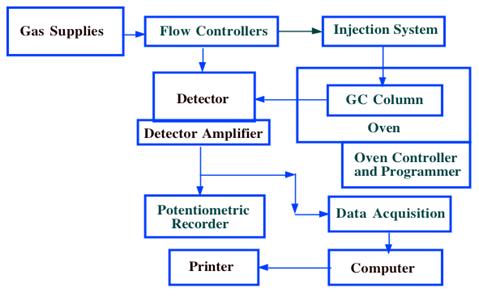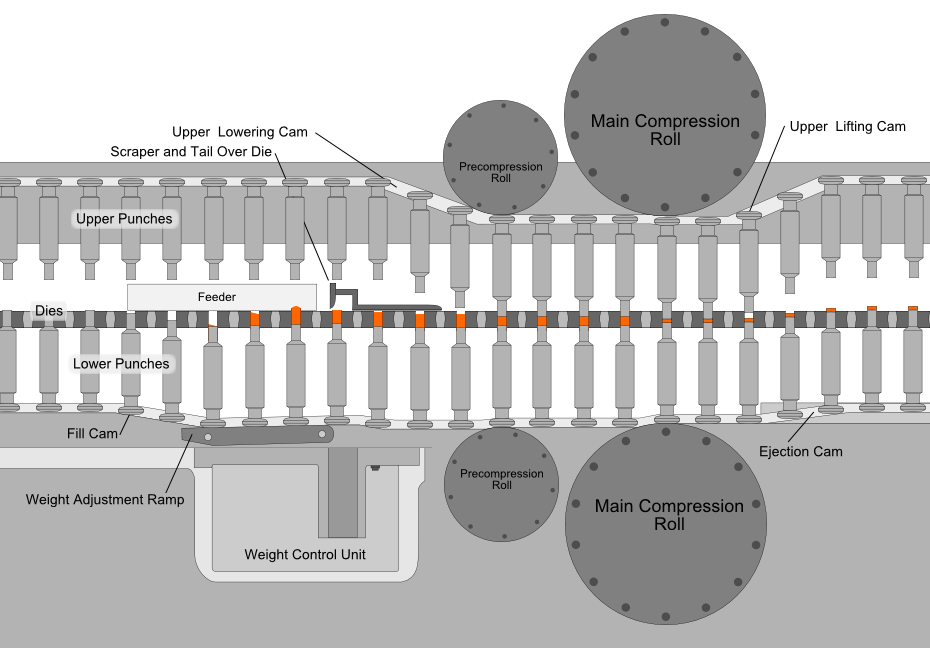HUMAN
RESOURCE DEPARTMENT
Human Resource Management (HRM) is the function
within an organization that focuses on recruitment of, management of, and
providing direction for the people who work in the organization. Human Resource
Management is the organizational function that deals with issues related to
people such as compensation, hiring, performance management, organization
development, safety, wellness, benefits, employee motivation, communication,
administration, and training.
Human resources are a term with which many
organizations describe the combination of traditionally administrative
personnel functions with performance, employee relations and resource planning. The objective of Human Resources is to
maximize the return on investment from the organization's human capital and
minimize financial risk.
Features of HR:
It includes:
- Organizational
management
- Personnel
administration
- Personnel
management
- Manpower
management
- Industrial
management
Functions of Human
Resources Department
The Human Resources Department deals with the
following affairs to achieve the objectives of the organization as well as the
goal of department-
¨ Recruitment,
Selection and placement of the employees
Promotion, transfer, demotion & disciplinary
action of the employees
¨ Leave
of the employees
¨ Lunch
for the officers and stuff
¨ Maintenance
of personnel records
¨ Procurement,
washing & repairing the uniforms
¨ Arranging
medical facilities for the employees
¨ Induction
of newly appointed employees
¨ Govt.
liaison (related with ministry of labor, local authority, Inspector of
facilities.
The main function of this department are-
¨ Selection
of right person at right position
¨ Training
and development
¨ Wage
and salary administration
¨ Employee
welfare services
¨ Environment,
health & safety (EHS)
¨ Disciplining
the employees
In a single
word this department controls almost all the sections in Square Pharmaceuticals
ltd.
Discussion on the plant’s activity
and introduction to all Departmental Heads
Duties and
responsibilities of Shift in-charge
F Ensure house keeping and cleanliness
in the section.
F Supervise shift wise sectional
activities
F Effective utilization of machine
hours.
F Shift wise man power distribution.
F Weekly and monthly production
monitoring.
F Supervise export and institutional
order processing.
Duties and responsibilities of Executive
F Planning of production of potent,
safe, effective and stable medicines by maintaining
F the WHO cGMP procedure.
F Organizing and controlling of routine
activity in the factory.
F Monitoring and reviewing of present
production target.
F Distribution of work on the basis of
machine availability and production priority and
F check the attendance of the worker.
F Proper planning and implementation of
routine production activity.
F Designing and the implementation of
in-process checks at different steps
of manufacturing
Functions
of Foreman
·
Supervise
maintenance of machinery and equipment.
·
Maintain
proper documentation of all activities rotated to production.
·
Allocate
manpowered as per job requirement.
·
Maintain
housekeeping and cleanliness.
·
Place
requisition for packaging operation.
Functions
of Worker
·
Manufacture
of the product as per formulation and manufacturing instruction.
·
Apply
the in-process control measures as per required by the product according to the
instruction procedure.
·
Perform
packaging of product as per packaging instruction.
Maintain
housekeeping and sanitation of the production floor









